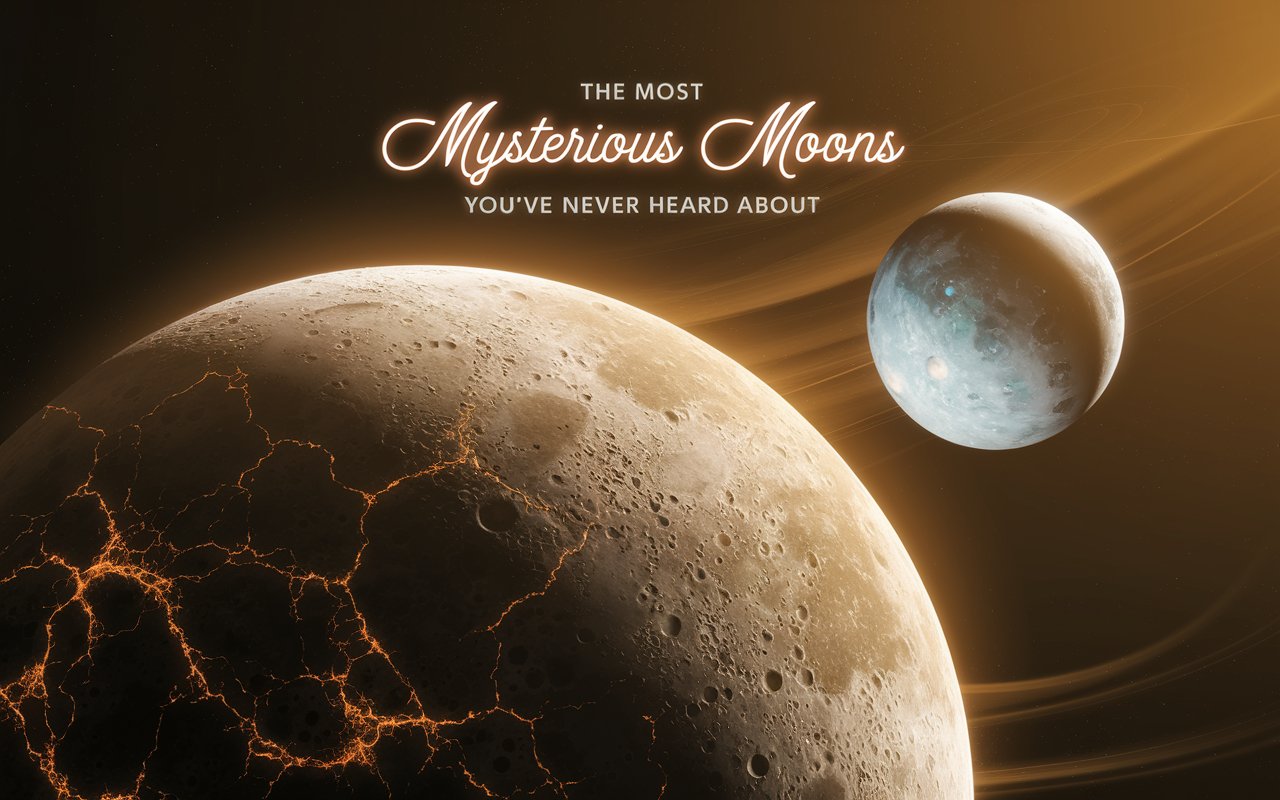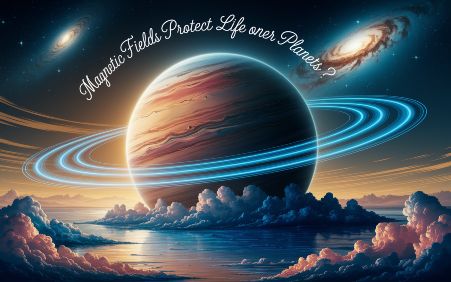Many planets float alone in space. These planets do not orbit stars. Scientists call them rogue planets. They drift through the galaxy in silence. No star warms them. Yet some believe they might hide life. This idea sparks deep curiosity. It also raises big questions.
What Are Rogue Planets?
Rogue planets travel alone. They broke away from their stars. Gravity pushed them into space. Now they roam in darkness. Some may have moons. Others may have thick atmospheres. These worlds look cold and dead. But their isolation hides secrets.
How Many Rogue Planets Exist?
Scientists believe the galaxy holds billions. Some say they may outnumber stars. Space telescopes spot these lonely worlds. Their shadows pass distant stars. Other methods detect their heat. These planets challenge our space knowledge. Their numbers remain uncertain.
Why Rogue Planets Matter
They force us to rethink life. Earth orbits the Sun. Life here needs light and heat. But rogue planets lack light. So why study them? Because they may still support life. Some may have inner heat. Some may hide oceans beneath ice.
Could They Support Alien Life?
Rogue planets might hold warmth. Not from a star. But from inside. Radioactive decay creates heat. So do tidal forces. This energy warms their cores. That heat could support liquid water. Life may need warmth more than sunlight.
Life Under Ice Layers
Thick ice can trap heat. Beneath it water may remain liquid. Like on Europa. That moon hides a sea. A rogue planet may do the same. This kind of world stays hidden. But it may offer alien life a home.
Subsurface Oceans
Water matters for life. If rogue planets have oceans below their crusts they gain value. Hydrothermal vents offer nutrients. These vents create perfect conditions. Bacteria live near vents on Earth. Maybe other planets have similar life. This makes rogue planets important.
How Do We Find These Planets?
Finding rogue planets is hard. They do not reflect starlight. Telescopes must detect their motion. Some use gravity lensing. Others detect heat. Missions like WISE help. Newer tools may reveal more. Space tech continues to improve. Each discovery teaches us more.
Gravitational Microlensing
This method spots light bends. A rogue planet crosses in front of a star. The light curves. That curve tells us the mass. It also tells us the speed. This process helps find dark objects. It finds planets and black holes.
Infrared Detection
Cold objects emit infrared light. Rogue planets give off faint heat. Special telescopes catch that light. Infrared missions track this glow. The WISE mission did this work. It found many dark objects. Others followed this approach. The results help us map planets.
Why Are Rogue Planets Still Mysterious?
They are far away. They hide in darkness. Our tools struggle to see them. Yet they attract attention. Because they may hide alien life. If true this changes science. It changes what we know about life. Rogue planets might hold keys to biology.
Limitations in Current Tools
Most space tools find stars and hot planets. Rogue planets stay cold. They emit less light. Our best tools miss them. Future space missions will improve. Better sensors will help. More discoveries will come.
Theories About Rogue Planet Life
Some say life may begin anywhere. Others doubt that. Life needs stable environments. Rogue planets seem unstable. Yet Earth’s vents support life. They offer examples. Some believe alien microbes may live on rogue worlds. The debate continues.
Astrobiology and Rogue Planets
Astrobiology studies life beyond Earth. It looks at strange places. Rogue planets fit that goal. These planets push the field forward. They create new questions. And they force better research.
Scientists Exploring New Models
Experts develop new models. These models test rogue planet climates. Some show stable heat zones. Some show frozen shells. Each model offers insight. These help shape new missions. Each step reveals more.
Habitats Without Stars
Not all life needs sunlight. Earth proves this idea. Deep sea creatures live without light. They survive on minerals. Rogue planets may offer this setup. If true we must rethink life. Alien habitats may not need stars.
Technological Challenges
Finding small dark planets is hard. Current telescopes have limits. Data remains unclear. Many objects remain unidentified. This slows progress. But research pushes forward. Scientists invent new methods.
Tools for Future Missions
The James Webb Space Telescope helps. It captures faint signals. It looks deep into space. Future missions will do more. They will focus on dark planets. Some will hunt rogue worlds. These plans will help reveal new answers.
Planetary Protection
If life exists we must protect it. Space laws address this issue. No probe may harm alien life. Careful planning ensures safety. This rule applies to rogue planets too. Life there matters. It deserves respect.
Pros and Cons of Studying Rogue Planets
| Pros | Cons |
|---|---|
| May hide alien life | Very hard to detect |
| Pushes science forward | Few tools can study them |
| Offers new habitats for study | Unstable and cold environments |
| Inspires better technology | No sunlight to aid exploration |
| Expands understanding of life | Mission costs are very high |
Future of Rogue Planet Research
The study of rogue planets will grow. Scientists want better data. New missions plan deeper scans. AI helps with analysis. Global interest keeps rising. Space agencies see potential. These planets offer high value.
AI in Planet Detection
AI sorts large data sets. It finds patterns faster. This helps find rogue planets. Machine learning tools scan light curves. They flag possible planets. Humans then check the results. This speeds up discovery.
International Missions
NASA leads the effort. ESA and JAXA also plan missions. China joins the race. Space becomes more global. Each country brings tools. Each adds knowledge. Shared data helps everyone.
What If Life Exists There?
The idea excites scientists. It also shapes policy. If life exists we must change our view. Earth may not be unique. Life may exist without stars. This would reshape biology and astronomy.
Ethical Implications
Alien life creates moral issues. Do we contact it? Do we observe it quietly? These questions need answers. Ethics guides future missions. Respect for unknown life is key.
Cultural Impact
Proof of life would change beliefs. It would shape human identity. Many cultures ask these questions. A real answer would unite people. Or it might divide them. This makes the subject very important.
FAQs
What is a rogue planet?
A rogue planet is a planet that drifts through space alone. It does not orbit any star.
Can rogue planets have water?
Yes. Some may have oceans under thick ice layers. These oceans may stay liquid from inner heat.
Do rogue planets support alien life?
Scientists think it is possible. Some models show they may host microbes or simple life.
How do we find rogue planets?
We use gravitational lensing and infrared telescopes. These methods track heat or light curves.
Are missions planned to explore rogue planets?
Yes. Future telescopes will search for more. Space agencies plan new tools to study these objects.
Conclusion
Rogue planets drift in darkness. They remain one of space’s great mysteries. They may hold secrets. They may even hide life. Scientists chase these questions. Each answer reveals more. These lonely planets shape how we see the universe. Their study continues.
They may not need stars. They may not need light. But they could hold life. And that matters. We must keep exploring. We must keep asking. Because somewhere in that dark sky life may wait. Hidden on a silent rogue world.





